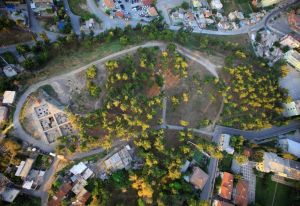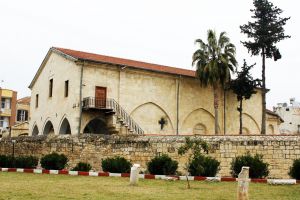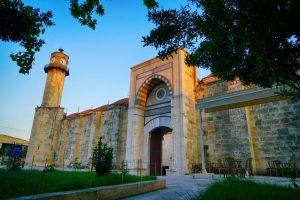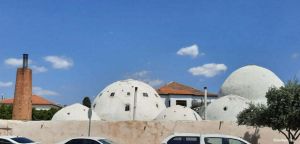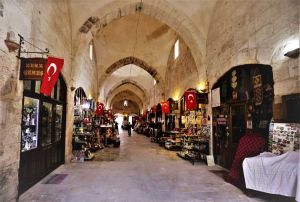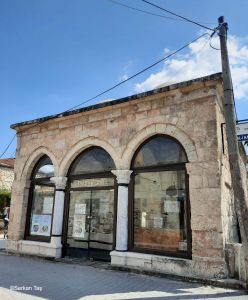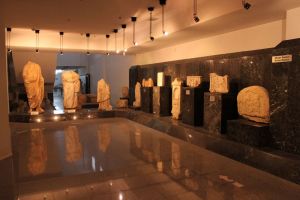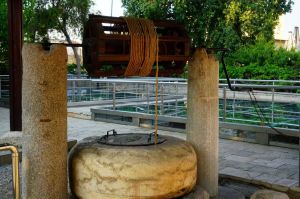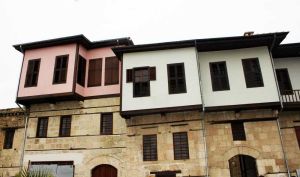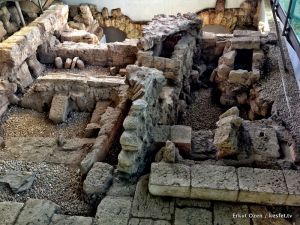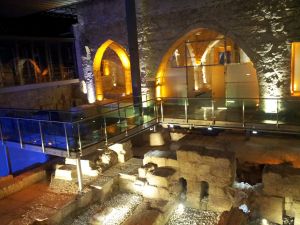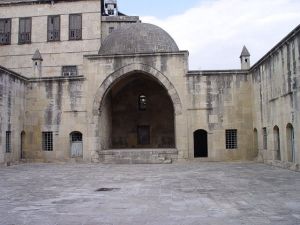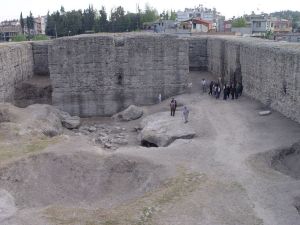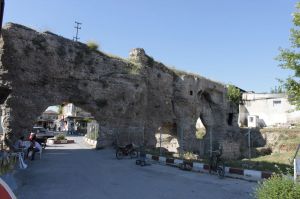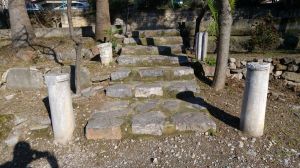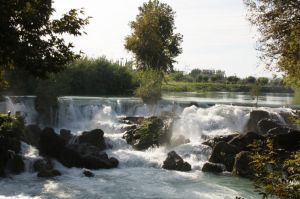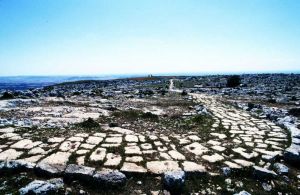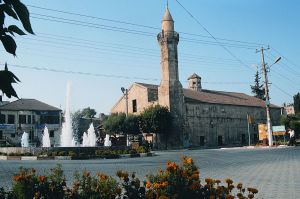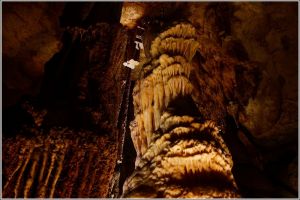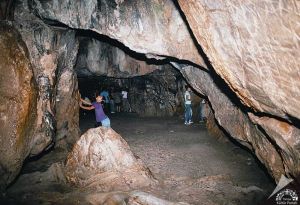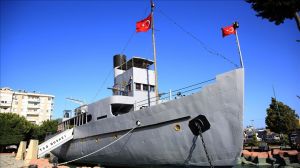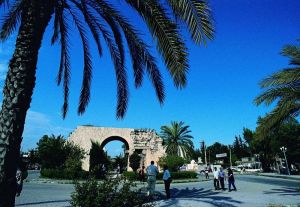This is Tarsus.
This is Tarsus.
The district of Tarsus, which borders Adana in the east of Mersin, has a population of 342,370, Tarsus is larger than 25 provinces of Turkey.
The district of Tarsus, which borders Adana in the east of Mersin, has a population of 342,370, Tarsus is larger than 25 provinces of Turkey.
Founded about 8,000 years ago, Tarsus has been used as a settlement by many civilizations due to its fertile soil, its location on the roads leading to Anatolia, and its position as a rich trading center. For this reason, it has a rich historical heritage. It is also an important city in terms of religious beliefs. It is believed that the cave where the seven sleepers stayed was in Tarsus. Saint Paul, one of the writers of the New Testament, was born in Tarsus. For this reason, it is also considered a place of pilgrimage by Christians. St. Paul's Church, the holiest church after the Church of the Resurrection in Jerusalem, is considered to be the well of St. Paul.
The world's first sewer, the Historic Roman Road, and the Roman Baths are in Tarsus. The Cleopatra Gate is among the oldest remains of the city. The cave of Taşkuyu, 10 kilometers northwest, the waterfall of Taşkuyu and especially the Tarsus dam are places to visit and have excellent historical and natural beauty in terms of tourism.
